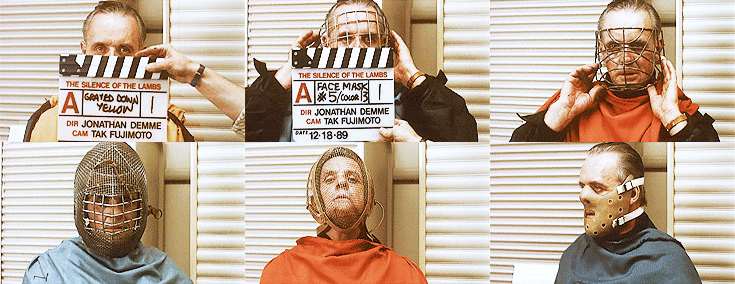Alles taucht früher oder später immer wieder mal neu auf. Auch in Filmen und gerade bei den Simpsons. Vimeo-User cgmzz hat einiges davon mal zusammensortiert. Das ist ziemlich bis sehr großartig.
The Simpsons‘ tribute to Film industry.
Here’s some of the many tributes that The Simpsons‘ have paid to Cinema.
Along their 27 seasons this mythic tv show has used as reference movies from famous directors such as: Stanley Kubrick, Alfred Hitchcock, Francis Ford Coppola or Steven Spielberg.
(Direktlink, via reddit)
Films that appear:
Bram Stoker’s Dracula (1992)
A Clockwork Orange (1971)
Pulp Fiction (1994)
Requiem for a dream (2000)
The Gold Rush (1925)
Full Metal Jacket (1987)
The Fugitive (1993)
Terminator 2 (1991)
Reservoir Dogs (1992)
The Birds (1963)
Risky Business (1983)
Citizen Kane (1941)
Psycho (1960)
The silence of the lambs (1991)
Raiders of the Lost Ark (1981)
Basic Instinct (1992)
Official and Gentleman (1982)
One flew over the cuckoo’s nest (1975)
2001: A space Odissey (1968)
Trainspotting (1996)
Thelma and Louise (1991)
The Godfather (1972)
Taxi Driver (1976)
The Shining (1980)
Spiderman (2002)
ET the Extra-Terrestrial (1982)
Dr. Strange Love (1964)



